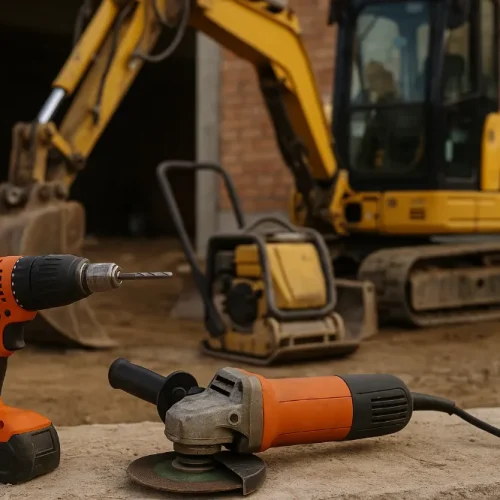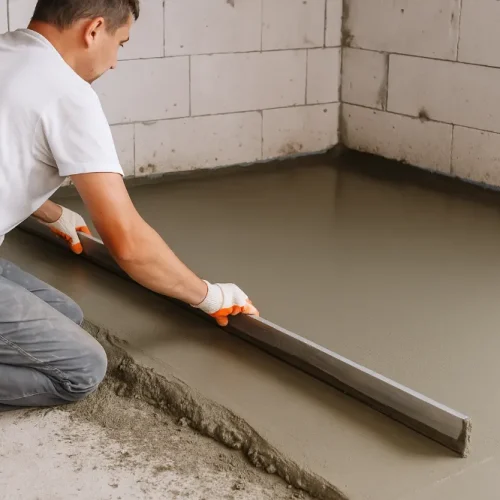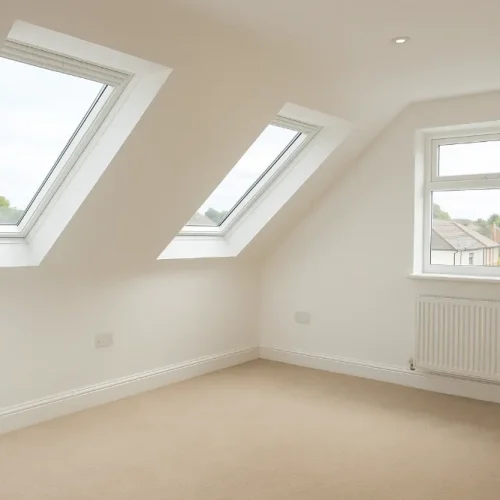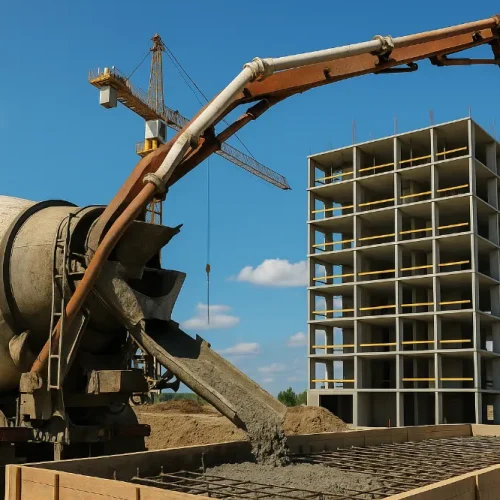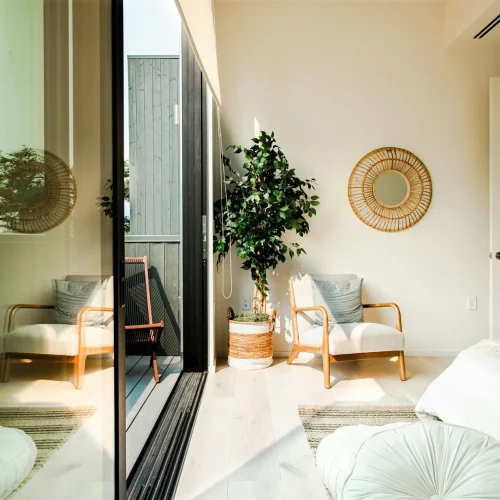
When embarking on a flat roof project, whether for a new build or refurbishment, proper planning and sourcing materials can make all the difference in ensuring quality and longevity. A flat roof presents unique challenges, and understanding these can help you navigate the process with confidence. Here’s a guide to planning your project and what to consider when you need to shop for your flat roof project.
Understanding Your Flat Roof Needs
The first step in planning for a flat roof is to assess your specific requirements. The type of flat roof you choose be it a new installation or an overlay will significantly impact your material choices. You should consider the following factors:
- Climate Conditions: Your geographical location can influence the durability of your roofing materials. For instance, areas with heavy rainfall may benefit from materials with better drainage systems.
- Building Regulations: It’s essential to check if there are specific regulations in your area concerning flat roofs. This includes structural considerations and proper insulation standards.
- Usage: What will the roof be used for? If it’s purely functional, you may opt for different materials than if it’s intended as a rooftop terrace or garden.
Choosing the Right Materials
Once you have a clearer understanding of your needs, it’s time to dive into materials. Flat roofing offers various options, including:
- Built-Up Roofing (BUR): This traditional method consists of multiple layers of bitumen and fabric, providing excellent durability.
- Single-Ply Membranes: Options such as TPO and PVC offer lightweight yet robust solutions, ideal for energy efficiency and ease of installation.
- Modified Bitumen: A hybrid of BUR and single-ply roofing, this method adds enhanced flexibility and waterproofing.
Being equipped with information about these materials will not only aid your decision but also ensure you purchase what is best for your project.
To facilitate your purchasing journey, you can find a wide selection of roofing materials when you choose to shop for your flat roof project at JJ Roofing Supplies.
Budgeting and Cost Estimation
No construction project is complete without a solid budget. Begin by estimating costs for materials, labour, and potentially even permits. Here are practical approaches to consider:
- Breakdown the Costs: List all materials needed, such as insulation, waterproofing membranes, and drainage components. Don’t forget to include tools if you plan to do the work yourself.
- Get Quotes: Contact multiple suppliers to ensure you receive competitive pricing. Comparing quotes can save you a significant amount on your budget.
- Contingency Fund: Always set aside a percentage (usually around 10-15%) of your budget as a contingency fund. This will help cover unexpected expenses that may arise during the roofing process.
Finding Reliable Suppliers
Having a reliable supplier on your side can streamline your flat roofing project. Here’s how to ensure you choose wisely:
- Research: Look for suppliers who specialise in flat roofing. Read reviews and ask for recommendations. Suppliers with industry-specific knowledge can offer insights that general suppliers may not.
- Asking Questions: Don’t hesitate to ask potential suppliers about the longevity of materials, potential problems, and installation recommendations. A good supplier should be knowledgeable and willing to share their expertise.
- Delivery Options: Confirm the delivery schedules and the locations they serve, as timely deliveries could be crucial, especially if you’re working to a tight deadline.
Installation Considerations
Once you’ve sourced your materials, the next step is installation. If you’re undertaking the project yourself, here are a few tips:
Preparing the Rooftop
Ensure the surface is clean and free from debris. Proper preparation can prevent issues during installation, such as poor adhesion or water pooling.
Following Manufacturer Guidelines
Each material comes with specific installation procedures. Following these guidelines closely will not only ensure the integrity of your roof but may also be required for warranty purposes.
Keep Safety in Mind
Working at height poses risks. Ensure you wear appropriate safety gear and, if uncertain, consider hiring a professional.
Maintenance for Longevity
Your role doesn’t end once the roof is installed. Regular maintenance is essential for ensuring the durability of your flat roof:
- Routine Inspections: Schedule inspections after heavy rain or storms. Check for standing water, debris accumulation, and signs of wear.
- Cleaning Gutters and Drains: Ensure water can flow freely off the roof to avoid pooling and leaks.
- Prompt Repairs: If you notice deterioration or damage, address it quickly to prevent more extensive repair needs in the future.
Conclusion
Planning and executing a flat roof project may seem daunting, but with thorough research and proper sourcing, you can approach it with expertise. Understanding your needs, budgeting effectively, and finding reliable suppliers are critical steps that can significantly impact the success of your project.
By following the guidelines laid out above and taking advantage of quality suppliers like JJ Roofing Supplies for your materials, you’ll be well on your way to creating a flat roof that is both functional and durable for years to come. So, roll up your sleeves and dive into your flat roof project with confidence!
FAQs
Start by assessing your building’s needs, including climate conditions, roof usage, and local building regulations.
Common choices include BUR, modified bitumen, and single-ply membranes like TPO or PVC—each suitable for different needs and budgets.
Areas with heavy rainfall or intense heat require materials with strong waterproofing, drainage capability, and UV resistance.
Many locations require permits for roof replacement or installation. Check your local building regulations before starting.
Include materials, labor, tools, permits, delivery fees, and a contingency fund of about 10–15% for unexpected costs.
Research supplier reviews, confirm they specialize in flat roofing, and compare quotes and delivery options.
DIY flat roof installation is possible but requires strict adherence to manufacturer guidelines and proper safety precautions.
Inspect at least twice a year and after major storms to ensure proper drainage and identify early signs of damage.
Clearing debris, cleaning gutters, checking seams and membranes, and repairing small cracks early help extend roof life.
Depending on the material, a flat roof can last 15–30 years with proper installation and regular maintenance.


